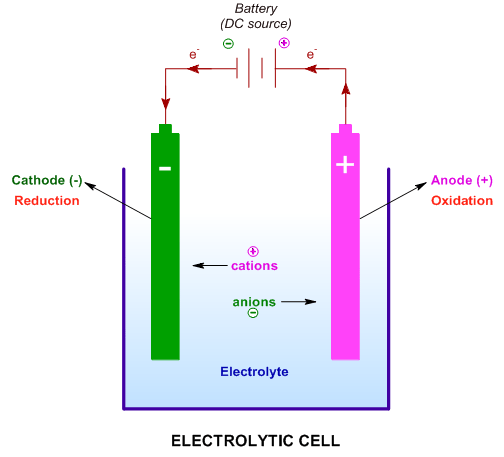Hard and Soft Acids and Bases (HSAB) Theory is a qualitative concept introduced by Ralph Pearson to explain the stability of metal complexes and the mechanisms of their reactions. However it is possible to quantify this concept based on Klopman's FMO analysis using interactions between HOMO and LUMO.
According to this theory, the Lewis acids and bases can be further divided into hard or soft or border line types.
Hard Lewis acids are characterized by small ionic radii, high positive charge, strongly solvated, empty orbitals in the valence shell and with high energy LUMOs.
Soft Lewis acids are characterized by large ionic radii, low positive charge, completely filled atomic orbitals and with low energy LUMOs.
Hard Lewis bases are characterized by small ionic radii, strongly solvated, highly electronegative, weakly polarizable and with high energy HOMOs.
Soft Lewis bases are characterized by large ionic radii, intermediate electronegativity, highly polarizable and with low energy HOMOs.
The Border line Lewis acids and bases have intermediate properties.
Remember that it is not necessary for Lewis acid or base to possess all the properties to be classified as hard or soft or borderline.
In short, Hard acids and bases are small and non-polarizable, whereas Soft acids and bases are larger and more polarizable.
More at:
https://www.adichemistry.com/inorganic/cochem/hsab/hard-soft-acid-base-theory.html
